Discover China. The Forbidden City in Beijing – an awe inspiring complex of ancient Chinese wooden temples.
Beijing was shrouded in an all encompassing mist as we walked the few blocks from our hotel to Tiananmen Square. As we walked through the square we passed a long line of people queuing to enter the Mausoleum of Chairman Mao. To the north of the square is the Gate of Heavenly Peace with its famous portrait of Chairman Mao. It is the entry point for our tour of the Forbidden City.
To discover China, you must see the Forbidden City in Beijing. It is seeped in so much history and tradition. On a small group tours or “comfort tours”, as I like to think of them, a visit to the Forbidden City is a must on your itinerary. This tour will be all arranged for you by your tour guide, with an local English speaking guide to provides the fascinating history of this ancient Forbidden City.
The Forbidden City in Beijing is breathtaking, an awe inspiring complex of ancient Chinese wooden temples built between 1406 and 1420. The temples are set in huge, and I mean huge, paved courtyards with imposing gates between the Outer and the Inner Temples. The Forbidden City was the palace where 24 emperors of Ming and Qing Dynasties lived and ruled for five hundred years.
Marble bridges and marble tiered terraces
Passing through the Meridian Gate (so called because the emperor believed that the Meridian line passing through the Forbidden City, and his imperial residence was the center of the cosmos) we stepped into the first courtyard. In this courtyard, flowing through the complex between graceful white marble carved railings is the Inner Golden Water. This river flows eastward through the square and is spanned by five beautiful marble bridges. The Temples are built on tiered marble terraces and have dual marble stairways with large stone carvings in the centre panels. The largest of these stone carvings measures 16.75 meters long & weighs more than 200 tons. It has nine carvings of dragons amidst clouds, curling waves & a lotus patterns. An amazing work of art!
Throne rooms with gold dragons adorn the ceilings
In the complex there are many throne rooms, one of which has a magnificent caisson of unrefined-gold dragons in the centre of the ceiling. Outside the temples stand huge water vats covered in 200 taels of gold; these were kept filled with water in case of fire. The gates within the Forbidden City in China are decorated with a nine by nine array of gilded door nails. The number nine represents the supreme power of the emperor.
A peek into the private lives of the Emperor, his consort and concubines.
The Forbidden City tour provides a peek into the private lives of the Emperor’s with a view of the bridal chamber; Taiji Hall where the imperial consorts lived; the Eastern Hall where Empress Dowager Ci’Xi gave audience; an amazing collection of clock, and the Imperial Garden. Here two gilded ‘Xiezhi’ (a mythical animal) sit guard outside the Imperial Garden. A beautiful Pavilion sits in each corner of the garden symbolizing the four seasons. A rock garden featuring highly prized limestone rocks weathered, eroded by wind and rain, nature’s art.
“Duixui” an artificial hill with a cave entrance and a pavilion on top, is where the Emperor and Empress would come to enjoy the autumn scenery on 9 th of the 9 th lunar month every year
The outside walls of the Forbidden City
Last but not least, there are the outside walls of the Forbidden City in Beijing. These are, 7.9 meters high, surrounded by a moat six meters deep and 52 meters wide; not only that they are 8.62 meters in width at the base of the wall tapering to 6.66 meters at the top, making them very difficult to climb, so how forbidding is that!
When you visit China and Beijing, you will discover that The Forbidden City is an absolutely awesome experience. There is a likeness of the Forbidden City and the gold dragon ceiling in the movie
Kung Fu Panda
. A great movie!
The Last Emperor (1987), a biographical film about Puyi, was the first feature film ever authorized by the government of the People’s Republic of China to be filmed in the Forbidden City. There are wonderful panoramic views showing the vastness and beauty of the Forbidden City, as well as magnificent views of the interior, throne rooms etc. It is rather a sad film about the life of the last Emperor, tragic in so many ways. However he experienced and survived some of China’s most turbulent years, and the changes that occurred during that time. It is a film worth watching.
Photo’s: More Forbidden City Pic’s
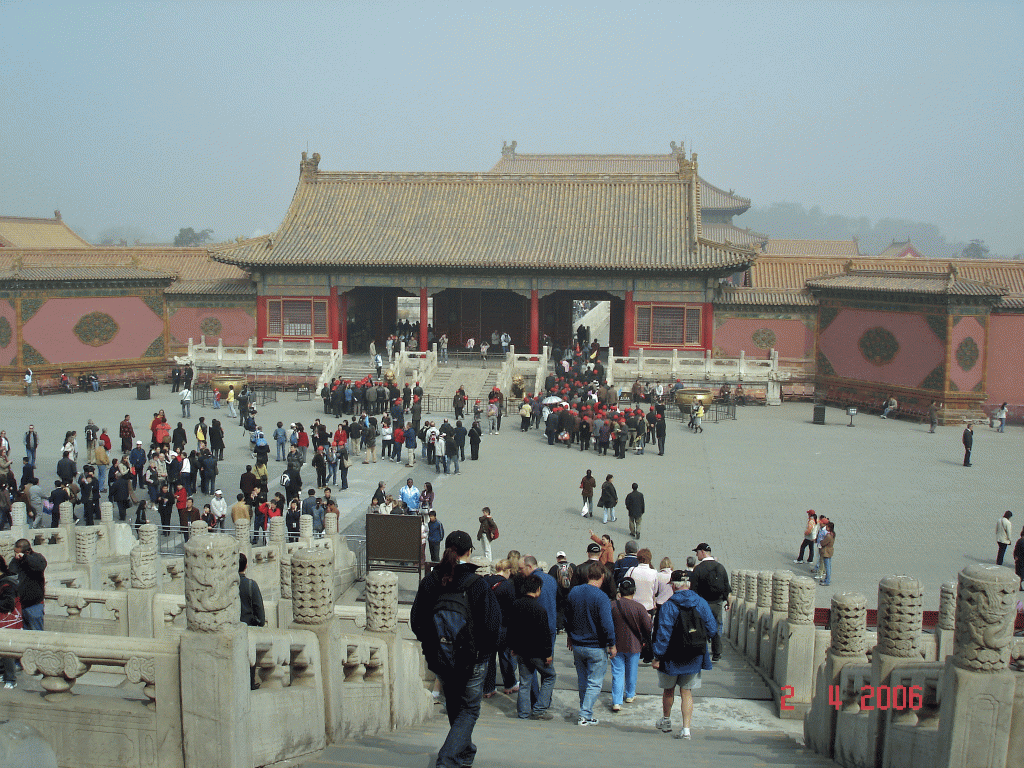
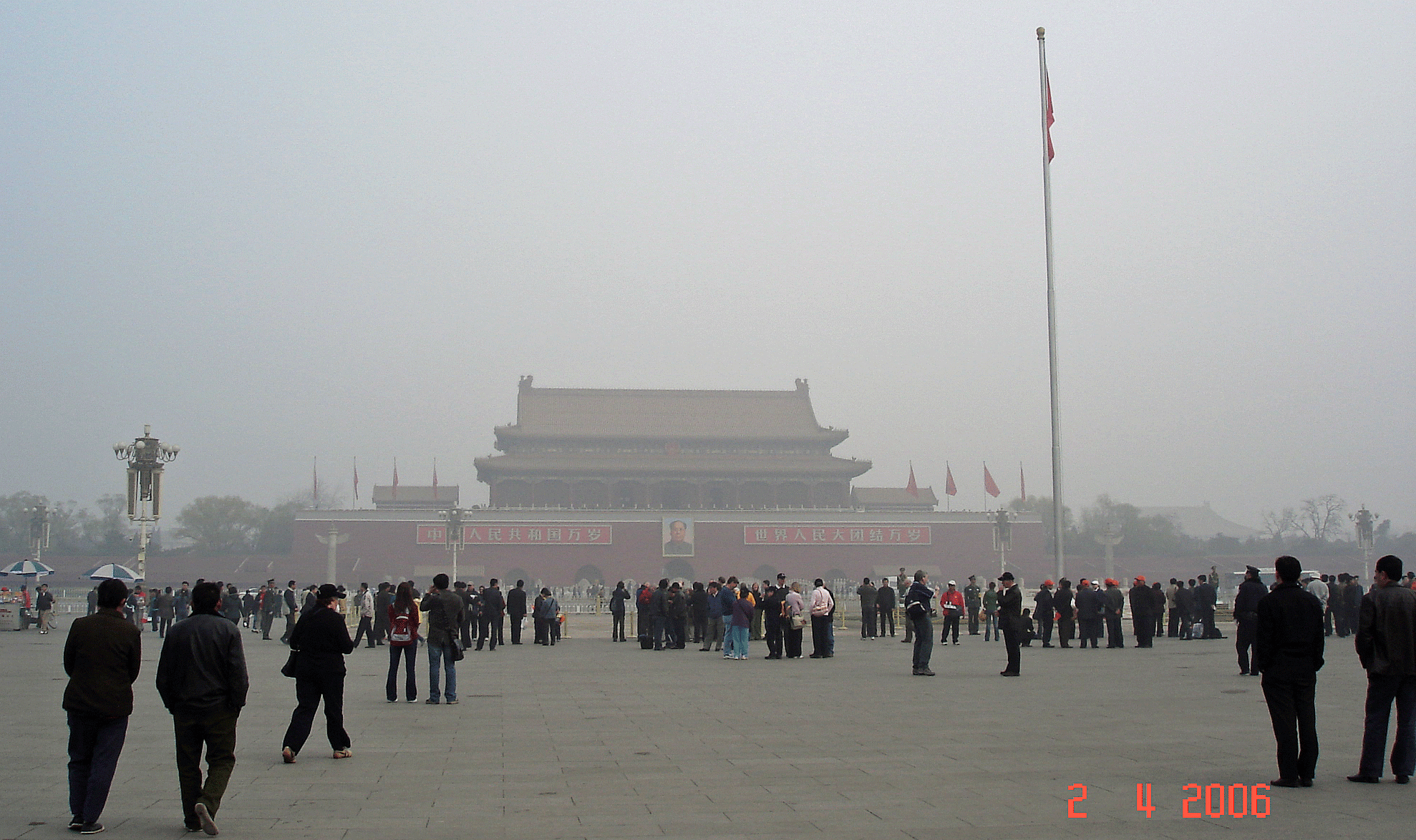
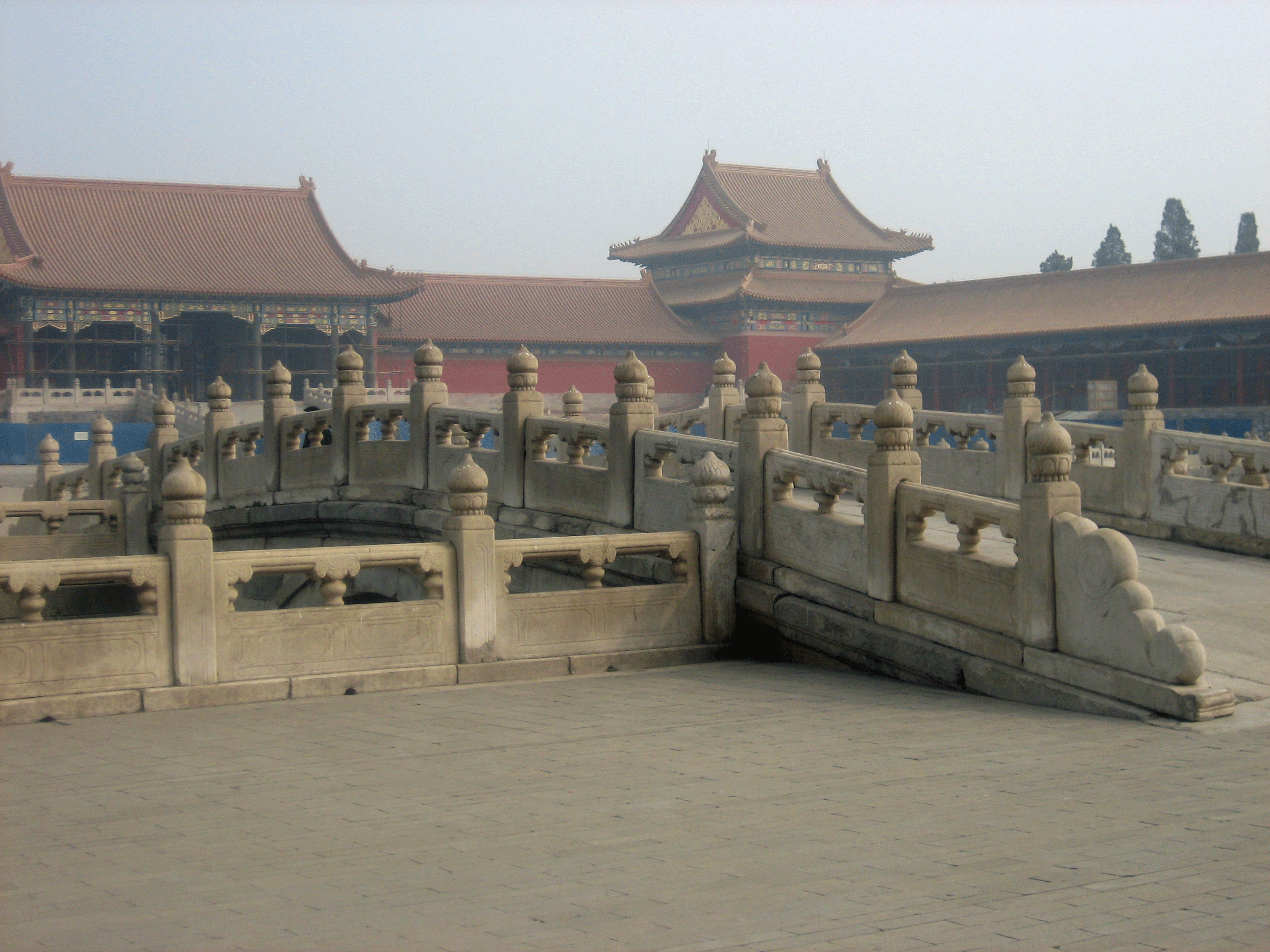
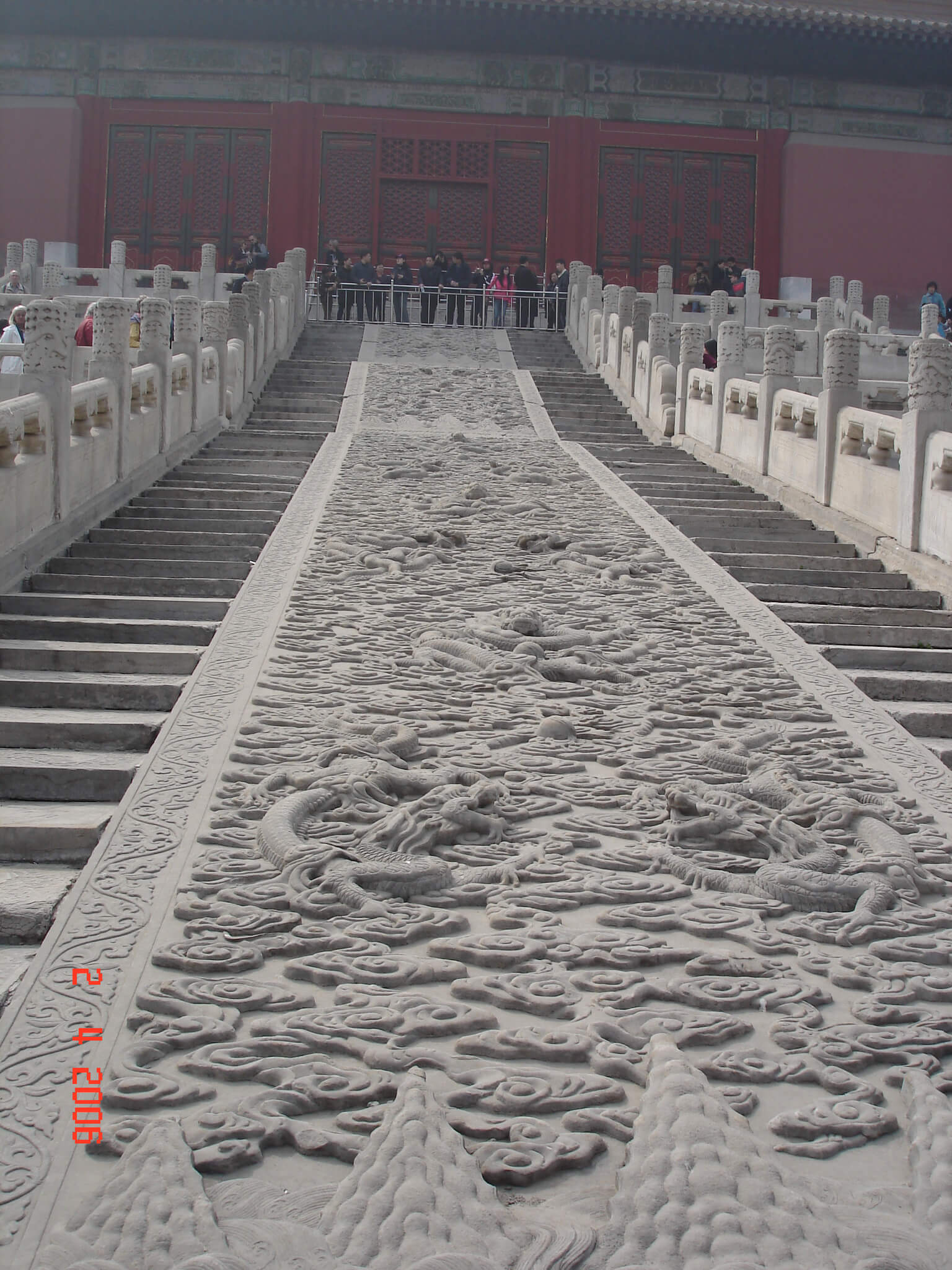
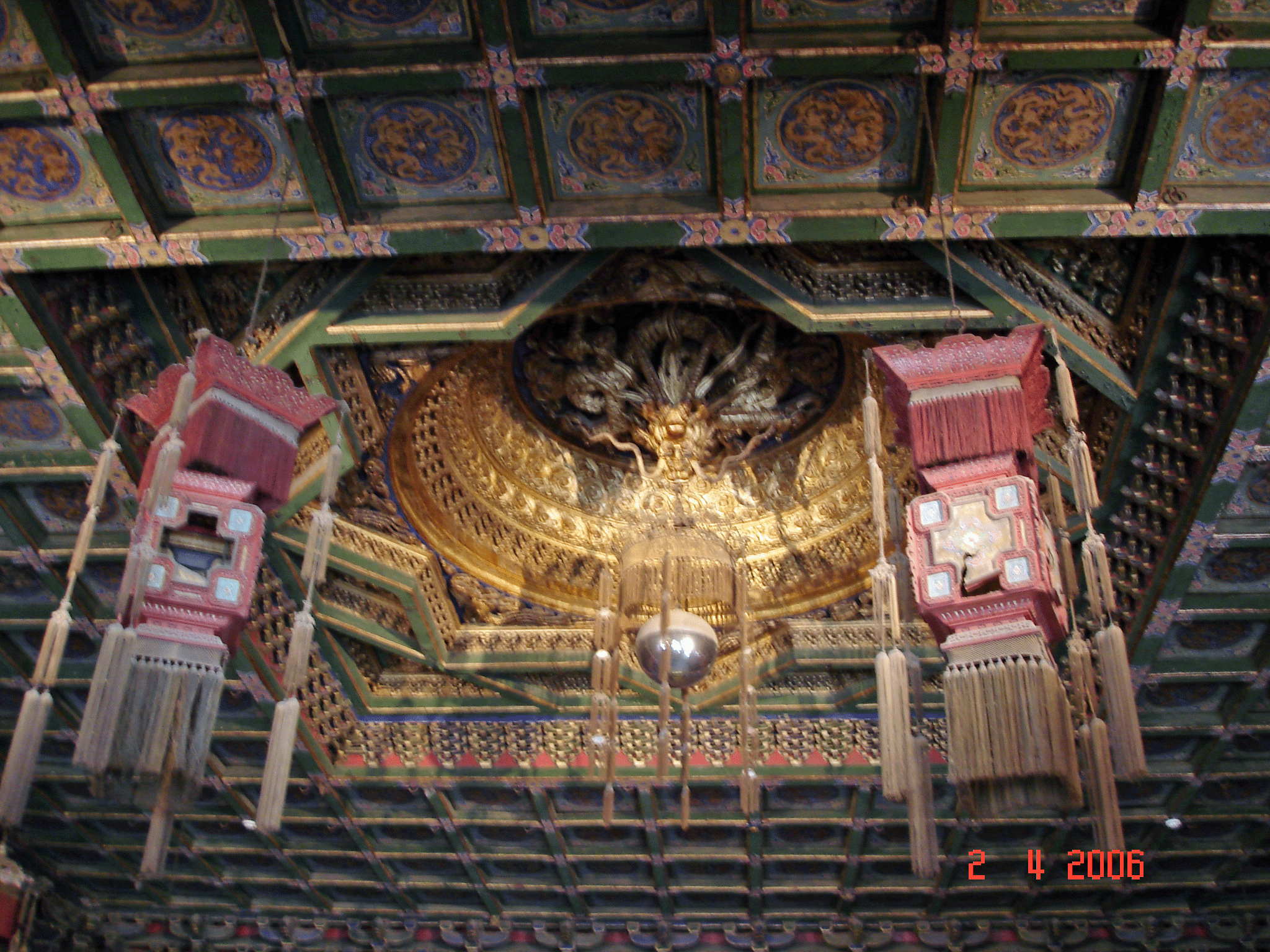
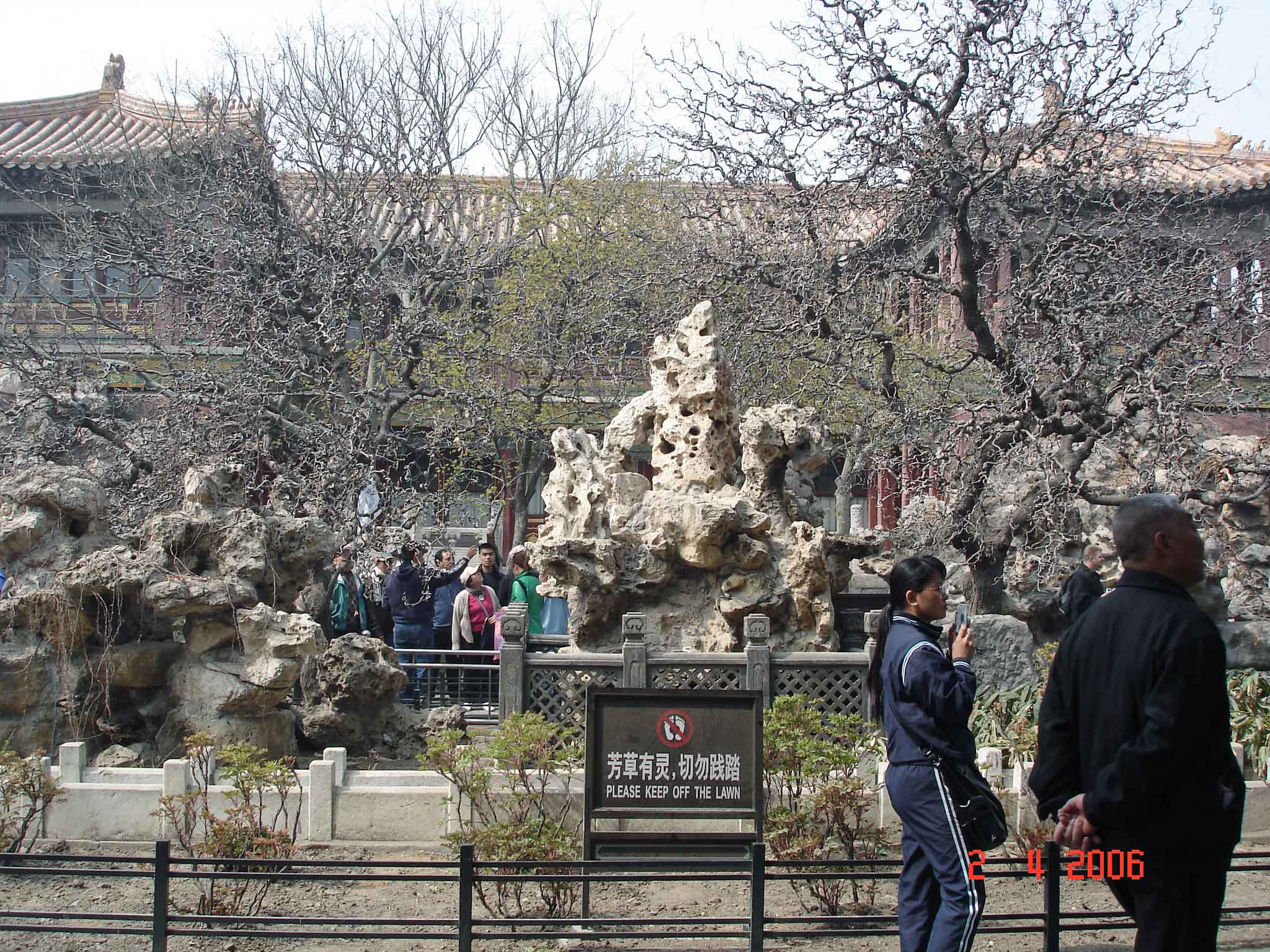
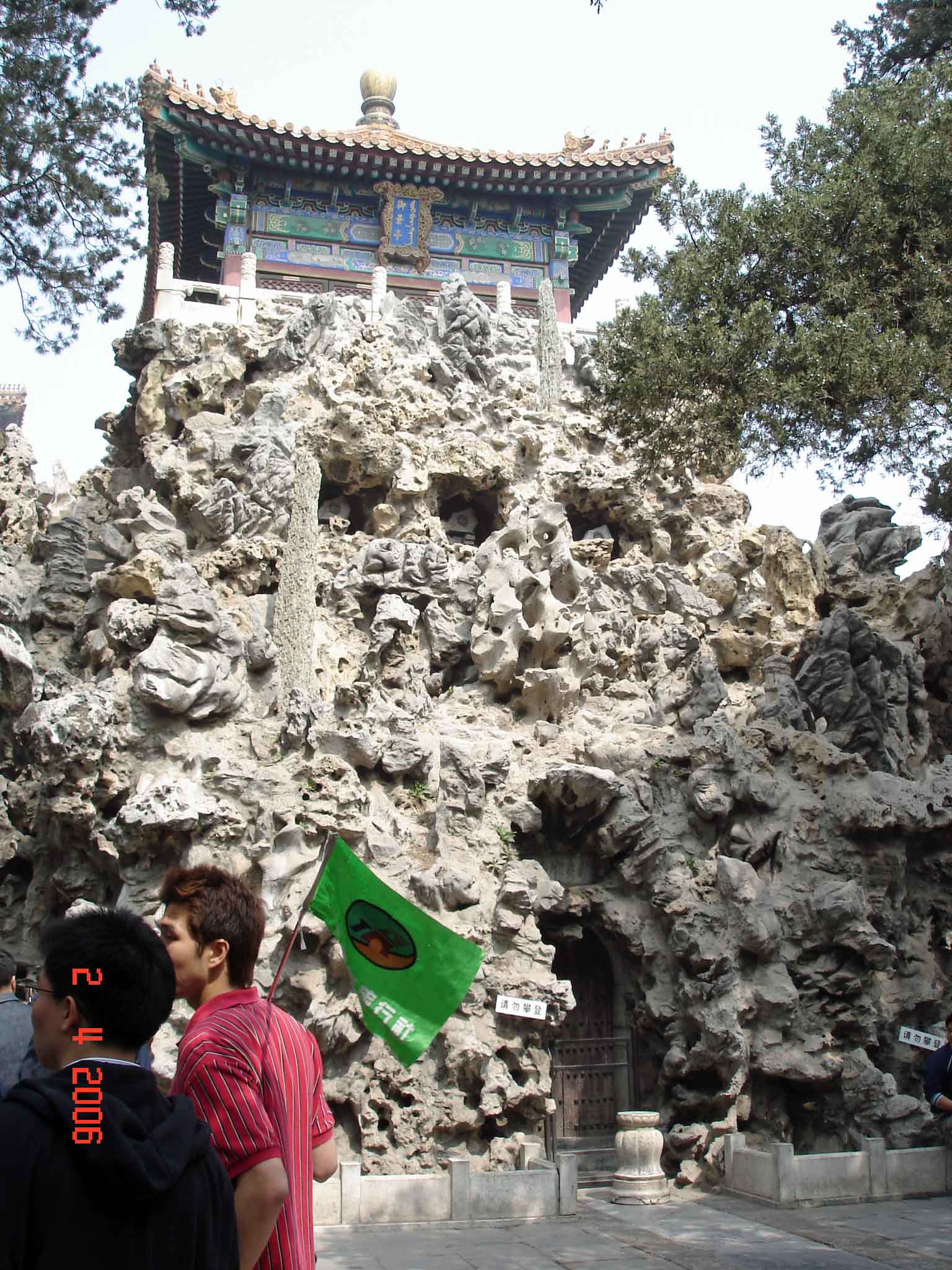
I saw The Last Emperor – and while the movie was incredibly dull, the scenes depicting the Forbidden City are burned in my mind. It just looks like such a magical place! Thank you for the informative post, you really made me want to add Beijing to my Travel Bucket List 😉